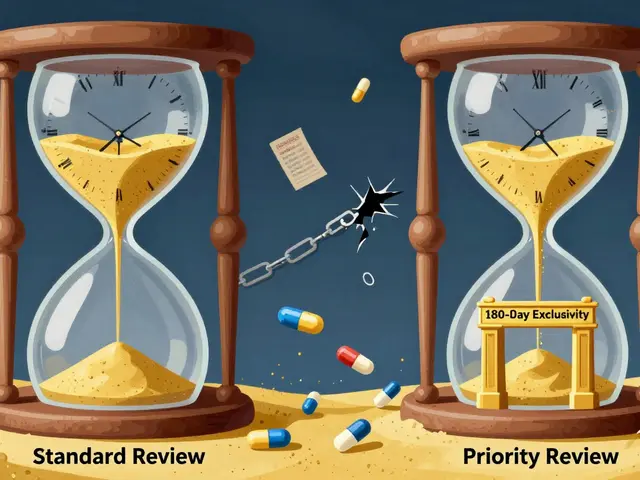Insulin Sensitivity: How to Improve It and Why It Matters
Insulin sensitivity controls how well your body moves sugar from the blood into cells for energy. When sensitivity falls — called insulin resistance — you may gain weight, feel sluggish, and over time raise your risk for prediabetes and type 2 diabetes. The good news: small daily changes can shift this quickly.
How to tell if your insulin sensitivity is low
Simple lab checks give a quick picture. Fasting glucose, HbA1c, and fasting insulin are the starter tests. A fasting glucose over 100 mg/dL or an HbA1c of 5.7%+ suggests trouble. Doctors sometimes use HOMA-IR (based on fasting insulin and glucose) to estimate insulin resistance — values vary, but higher scores mean worse sensitivity. An oral glucose tolerance test (OGTT) is useful if labs are borderline. If any of these are off, talk to your clinician — they’ll interpret results and recommend next steps.
Practical ways to boost insulin sensitivity right now
Eat smart: cut added sugars and refined carbs first. Swap white bread, pastries and sugary drinks for whole grains, legumes, and fiber-rich veggies. Aim for protein with meals (eggs, fish, beans) — protein helps steady blood sugar and keeps you full.
Move daily: exercise is one of the fastest fixes. Brisk walking for 30 minutes most days improves insulin action. Add resistance training (weights or bodyweight) 2–3 times weekly — building muscle helps absorb glucose. Short high-intensity intervals (20–30 minutes, once or twice weekly) also boost sensitivity efficiently.
Lose a little weight if you need to: dropping 5–10% of body weight often produces real improvements in insulin function. You don’t need to reach an ‘ideal’ weight to see benefits.
Sleep and stress matter: aim for 7+ hours a night. Poor sleep raises blood sugar and worsens insulin resistance. Manage stress with simple tools — 5–10 minutes of deep breathing, a short walk, or a quick stretching routine can lower stress hormones that interfere with insulin.
Consider targeted supplements and meds carefully: magnesium and omega-3s have decent safety and can help some people. Compounds like berberine show promising results in studies, but they aren’t for everyone. If you have high risk or abnormal labs, discuss metformin or other medications with your doctor — they’re proven tools when lifestyle changes aren’t enough.
Track progress: repeat fasting glucose, HbA1c, or fasting insulin after 3 months of changes. Small wins — lower fasting glucose, better sleep, less belly fat — mean you’re improving sensitivity.
If you have a family history of diabetes, elevated labs, or persistent high blood sugar, see a clinician. They can order the right tests, suggest a targeted plan, and check for other causes. Fixing insulin sensitivity is one of the smartest ways to protect your energy, mood, and long-term health — and you can start today with simple, sustainable steps.
Pioglitazone Alternatives in 2025: Exploring Your Options for Diabetes Management
This article takes a close look at the top alternatives to pioglitazone for diabetes management in 2025. It explains how each option works, what it’s good at, and where it falls short. The guide also gives plain tips to help you choose the right medication for your lifestyle or health concerns. If you’re worried about side effects, cost, or new treatment trends, you’ll find practical info here. The aim is to give you the facts you need—simple and clear.






